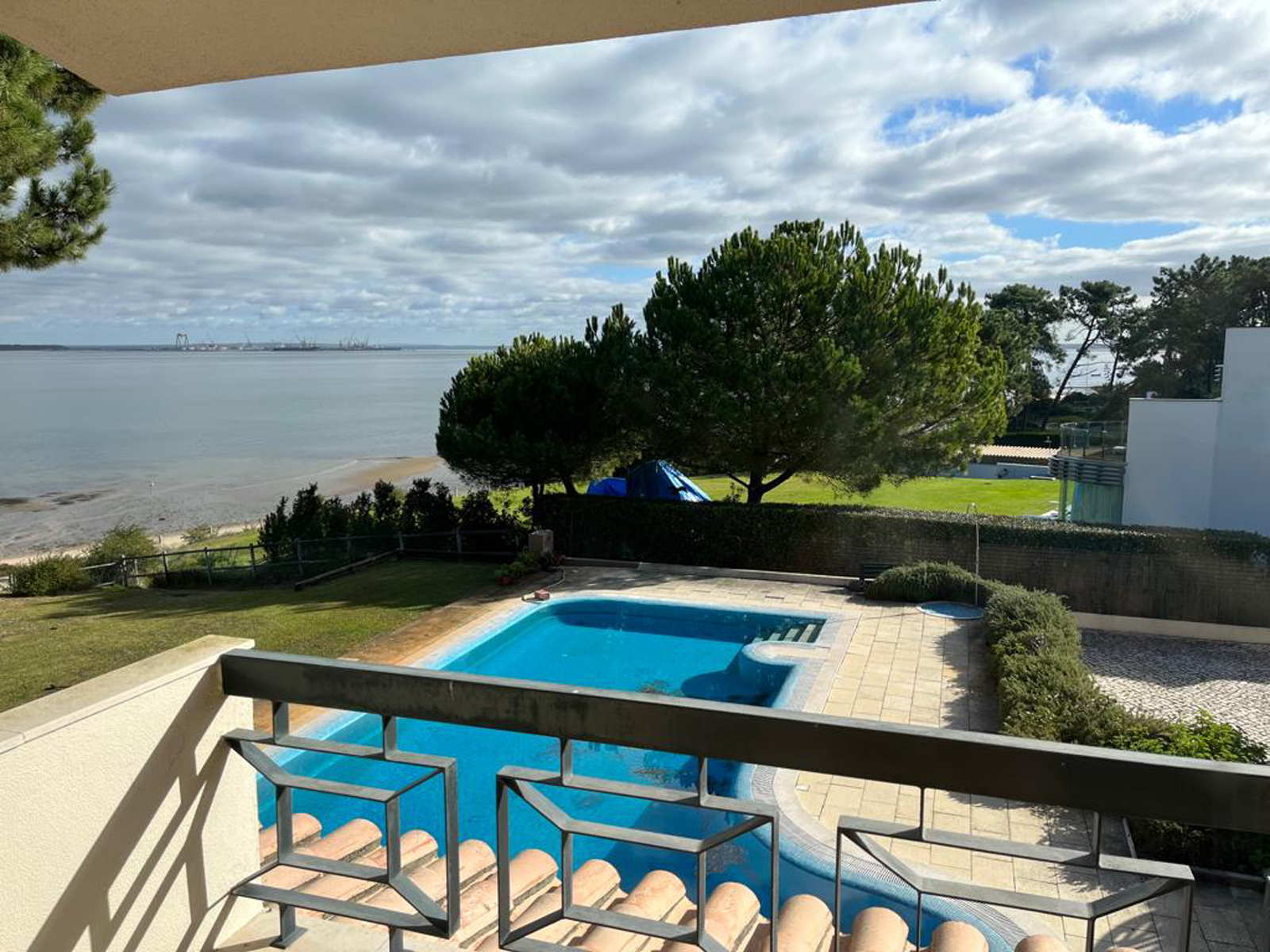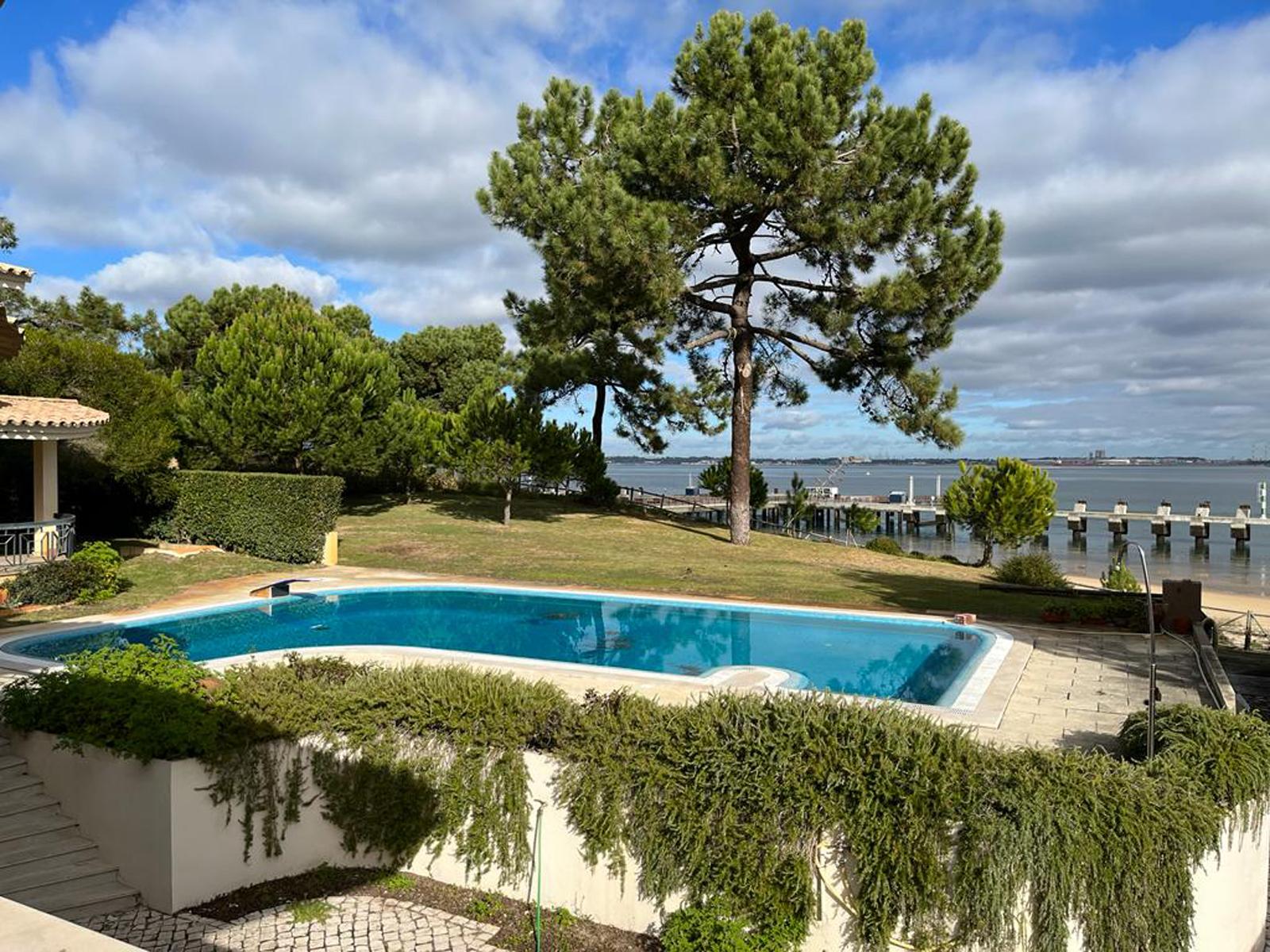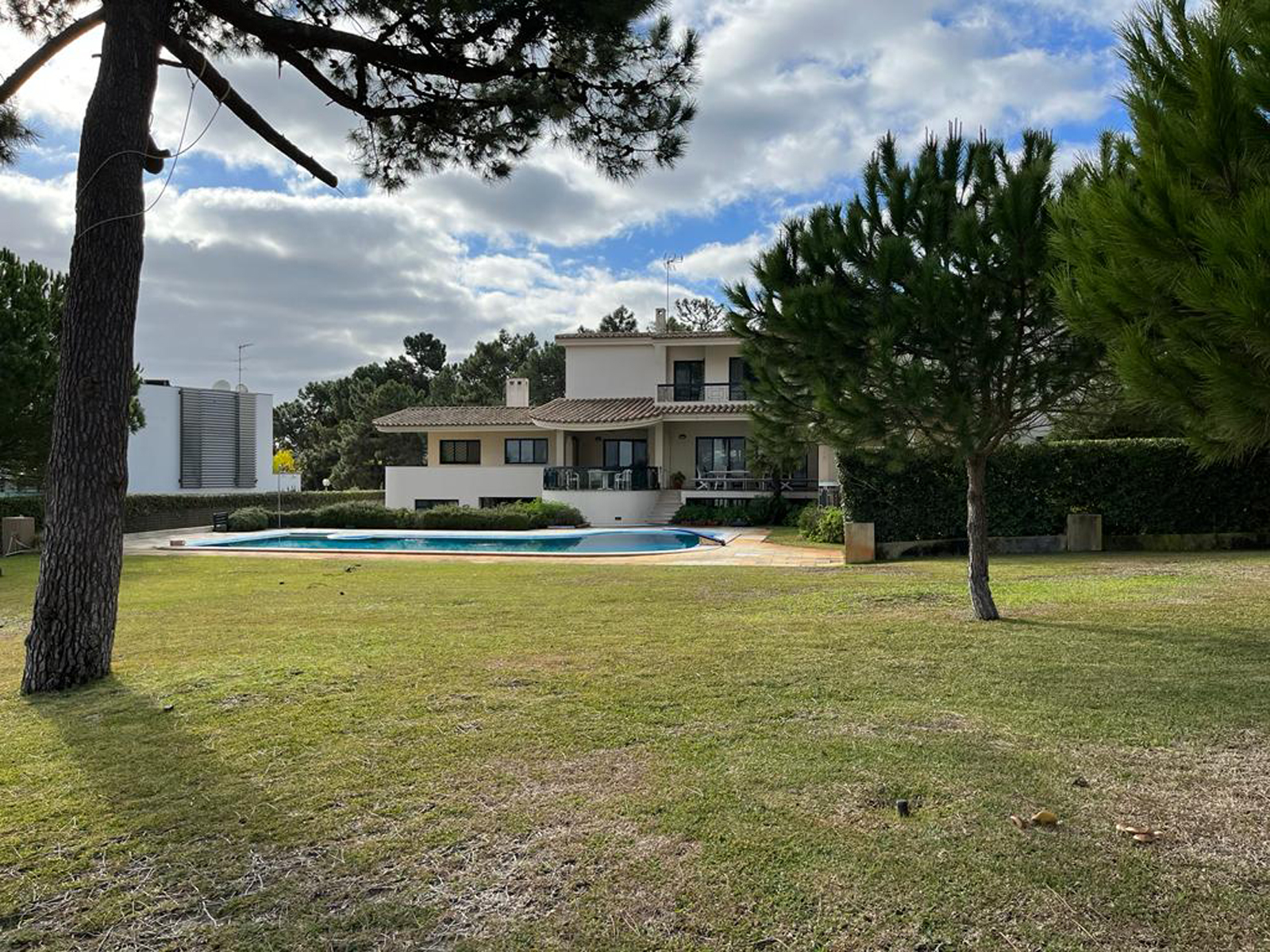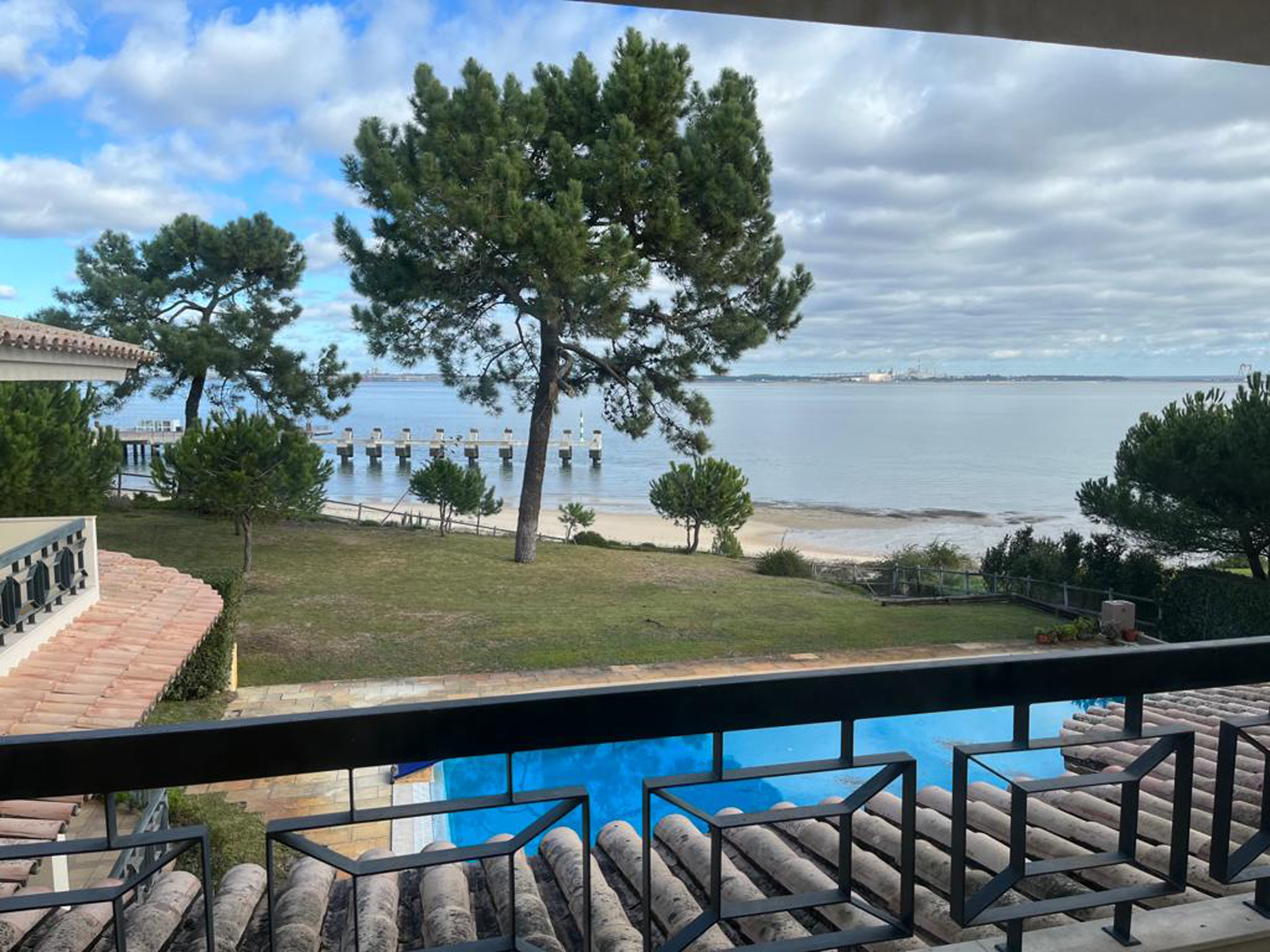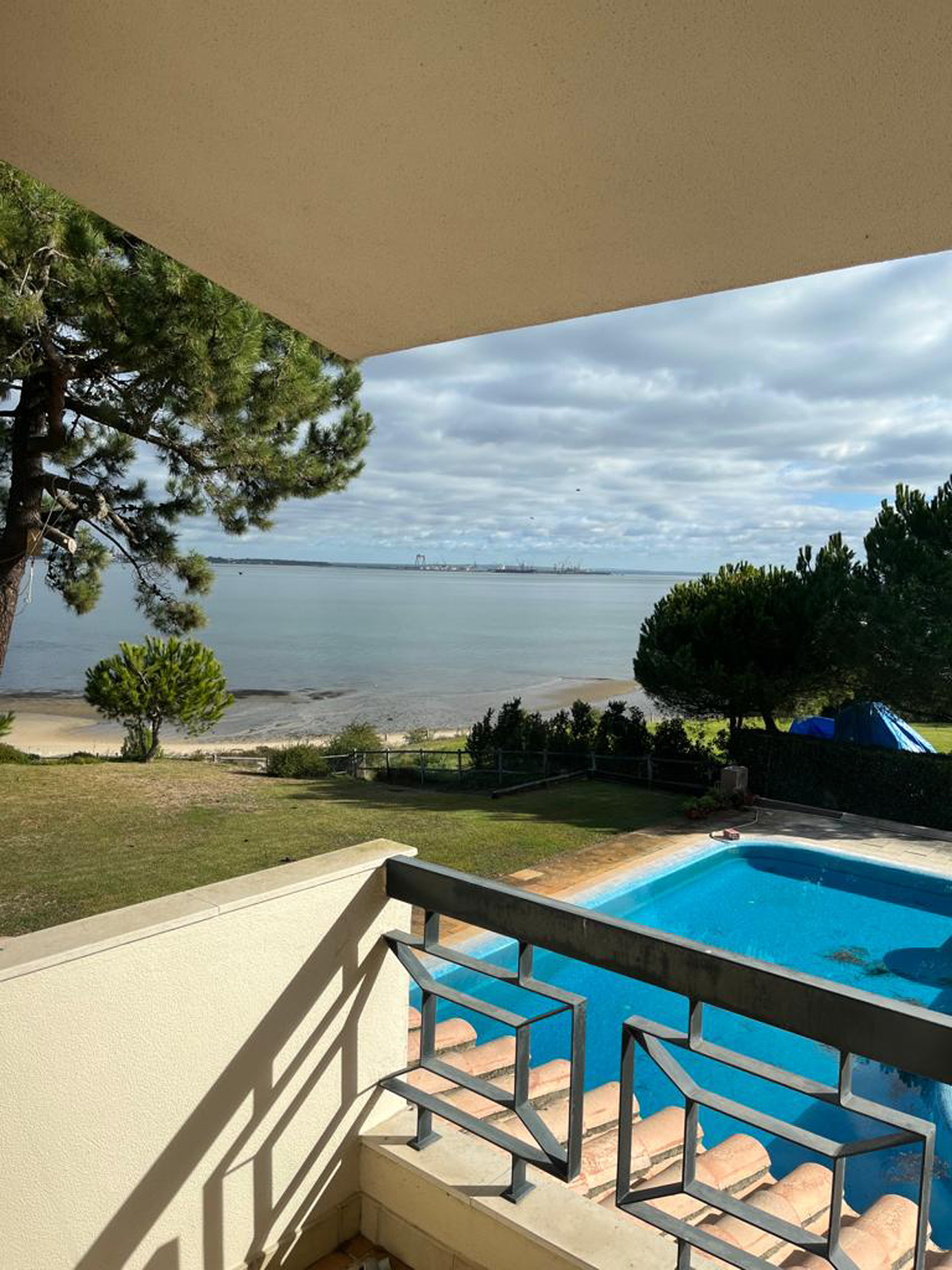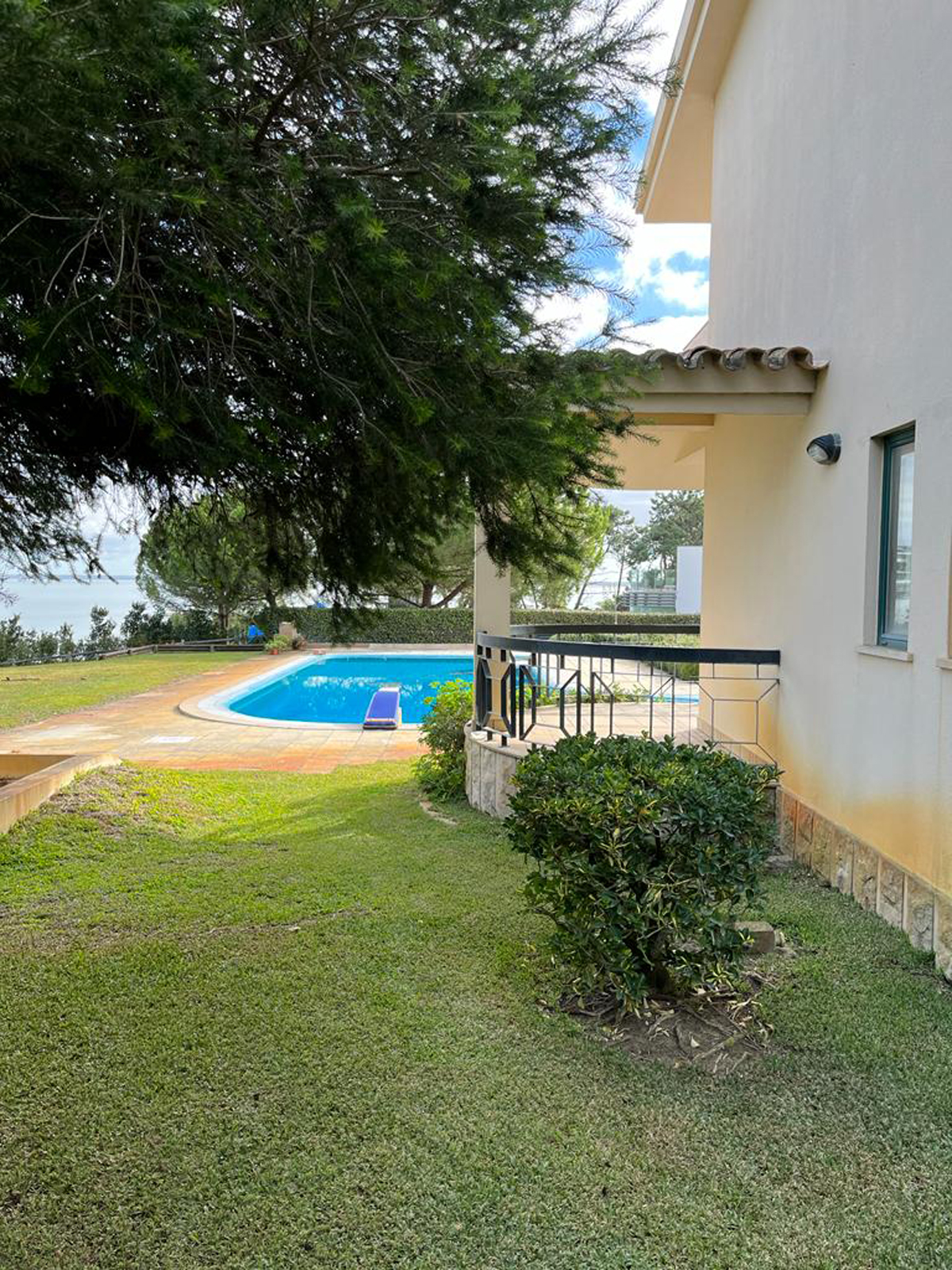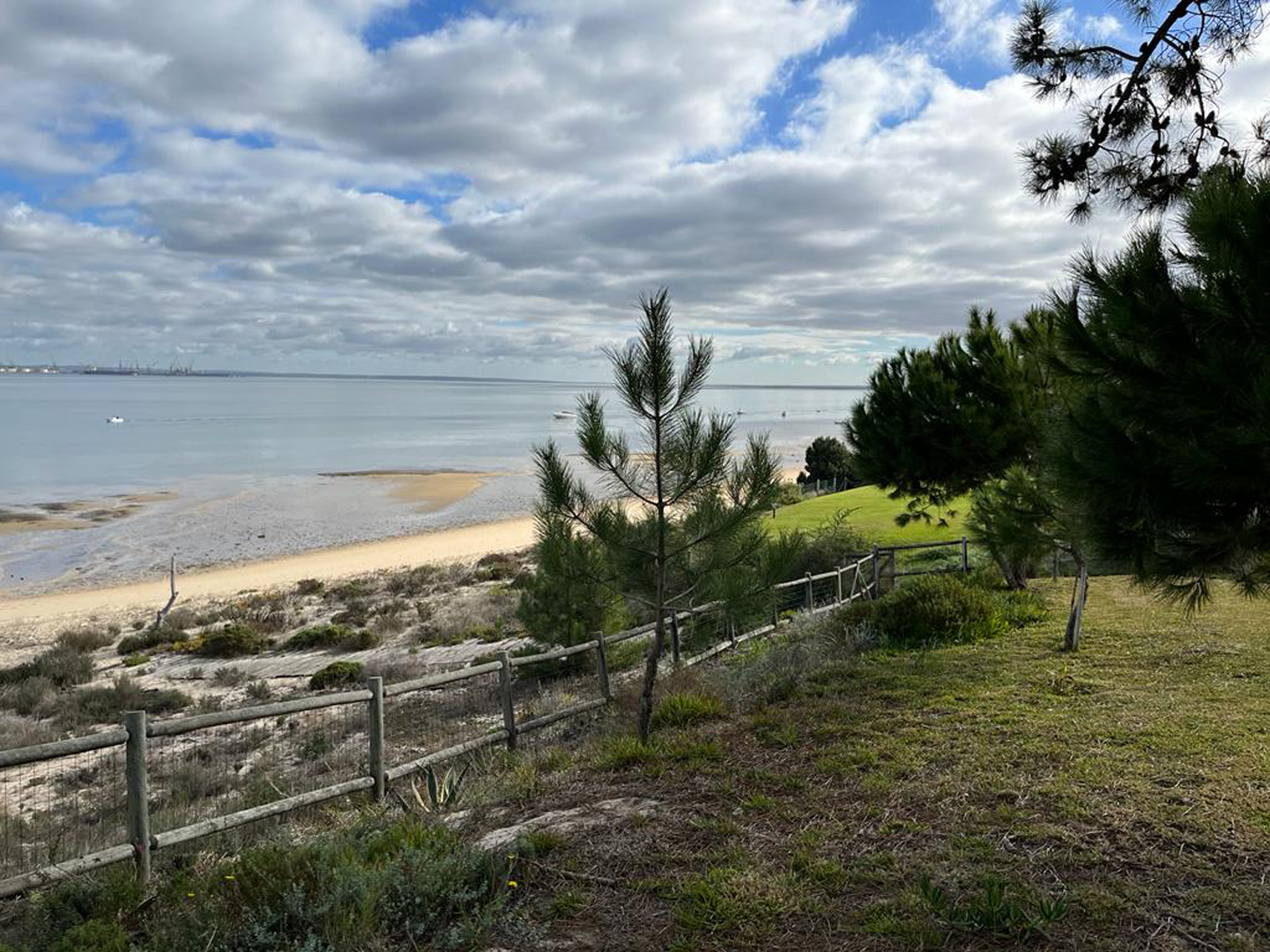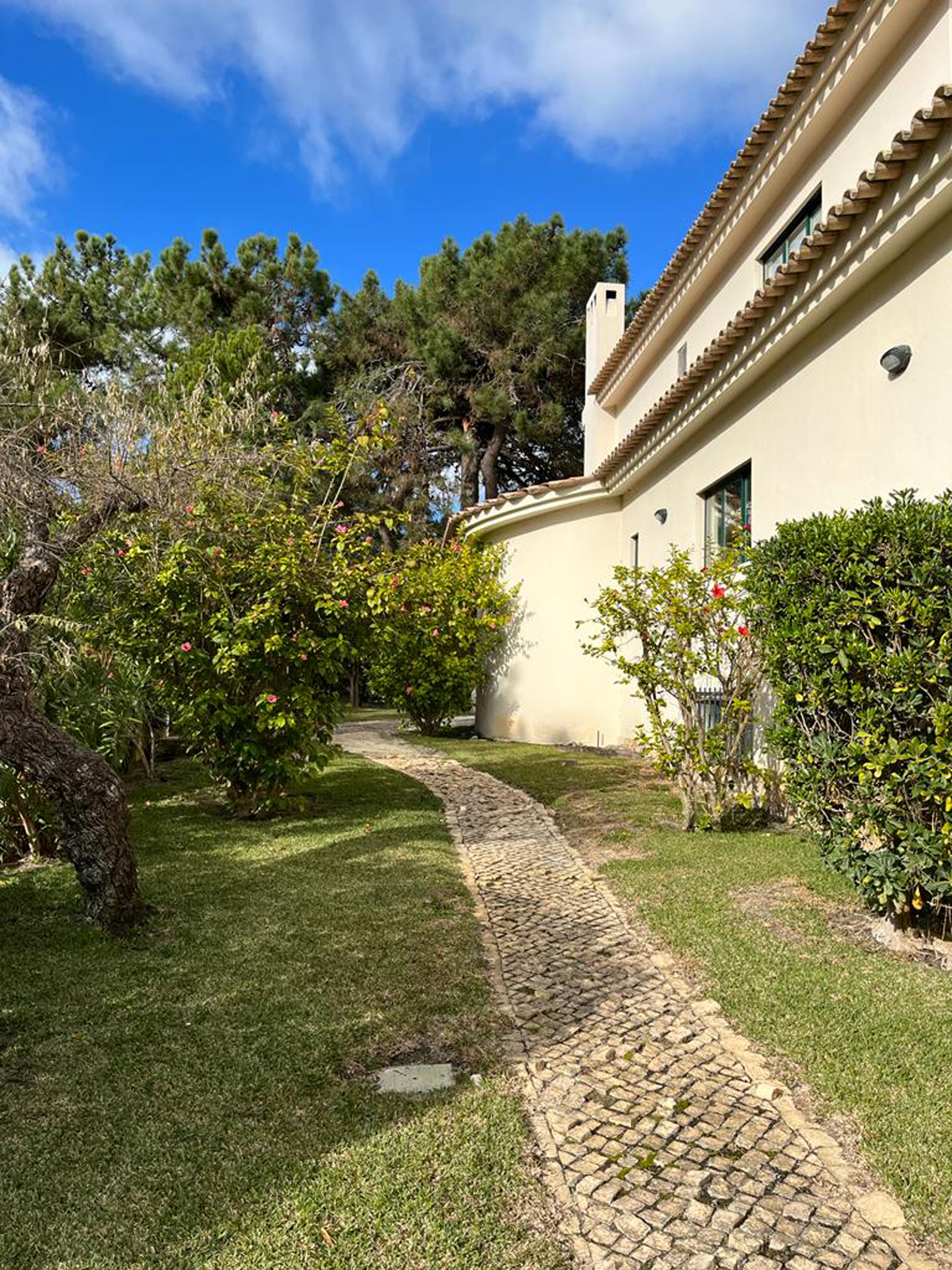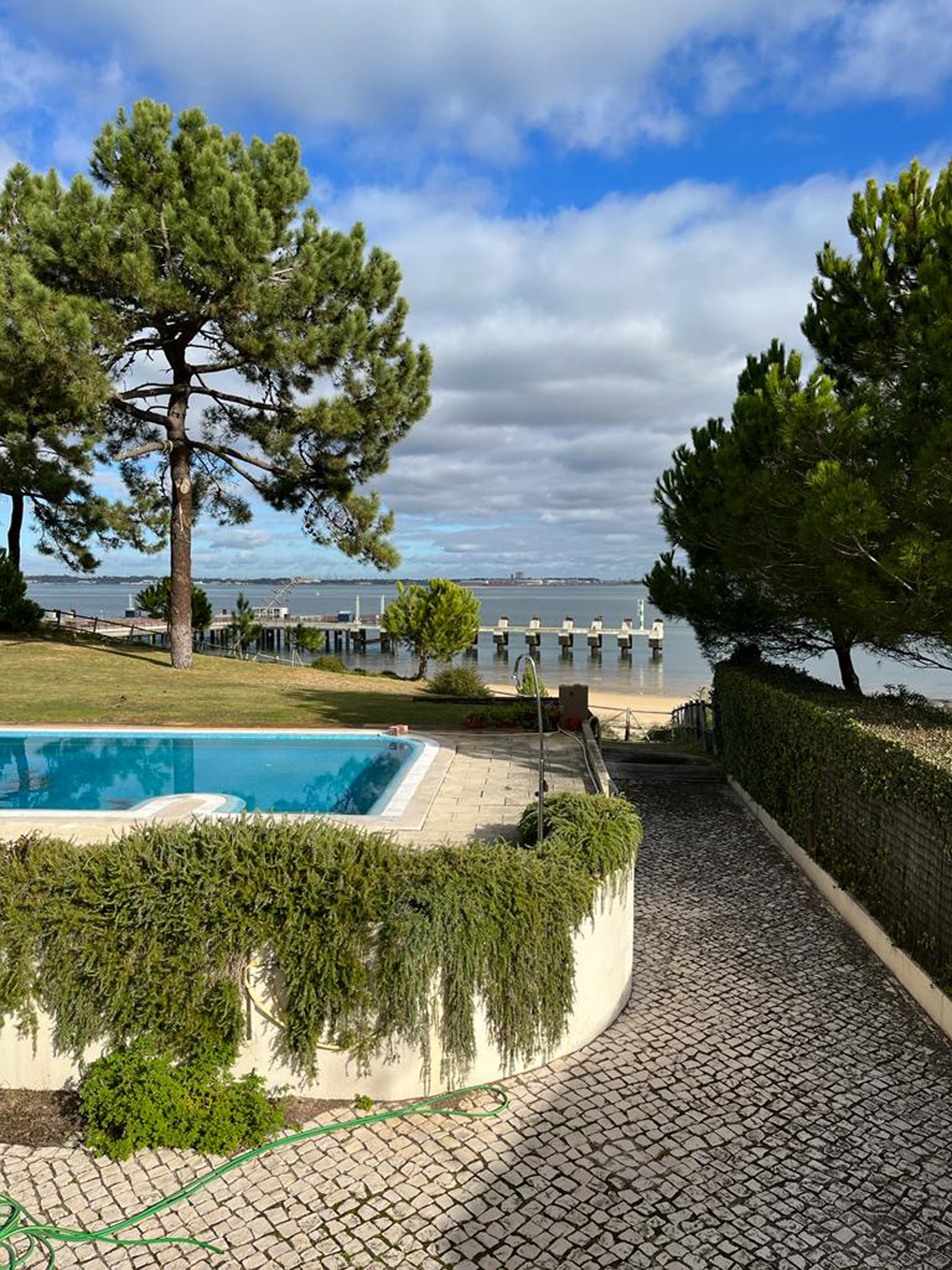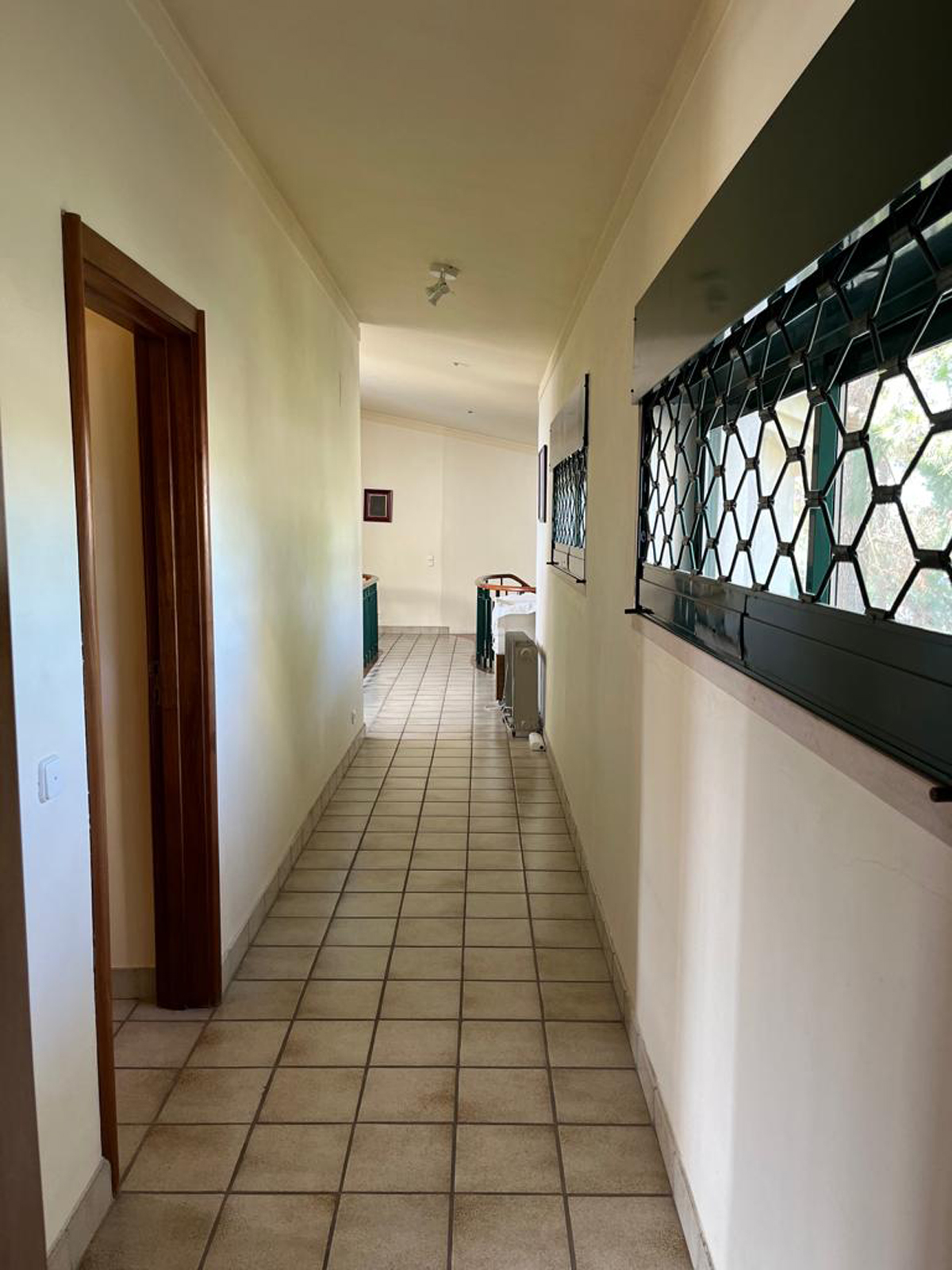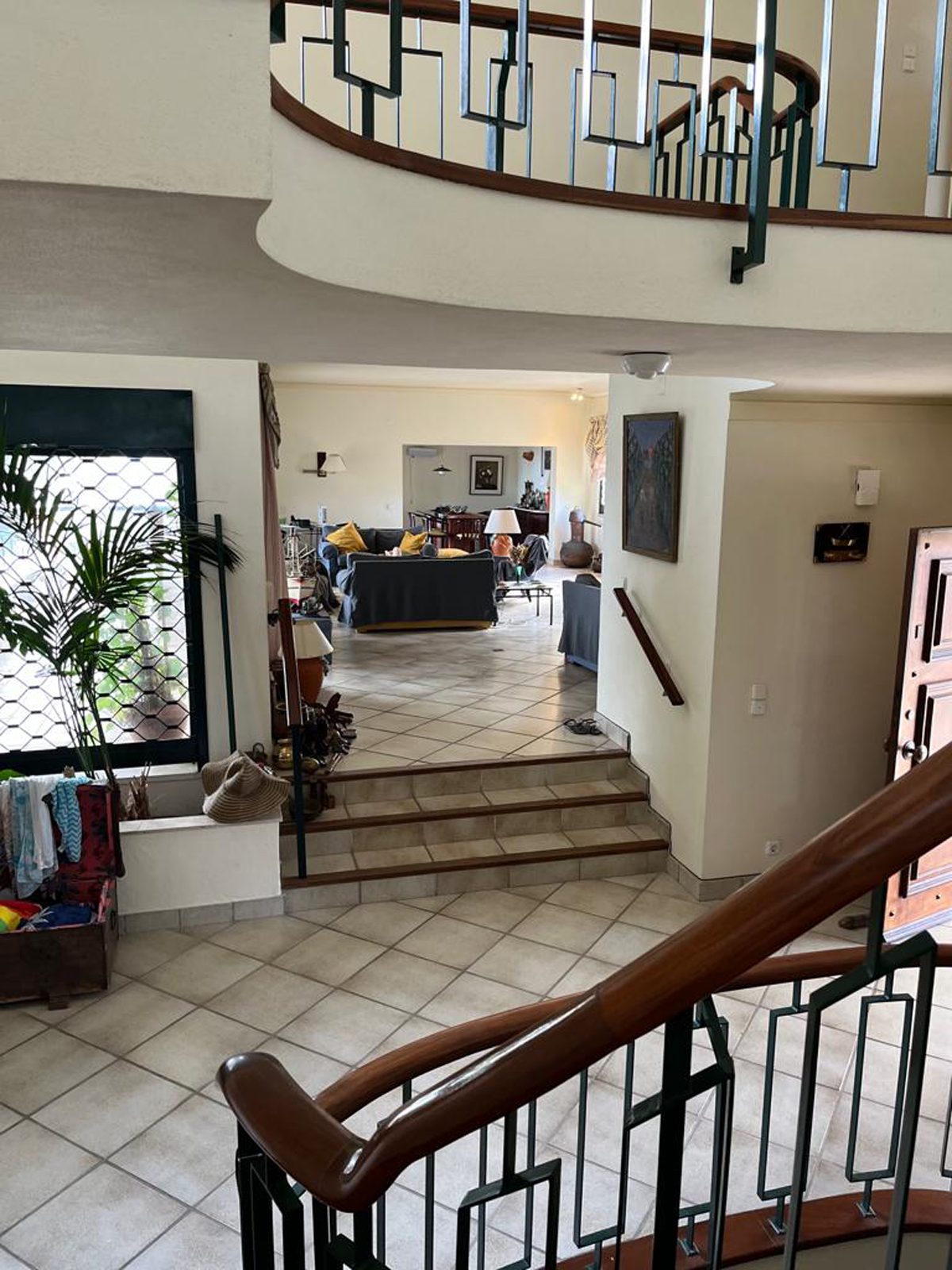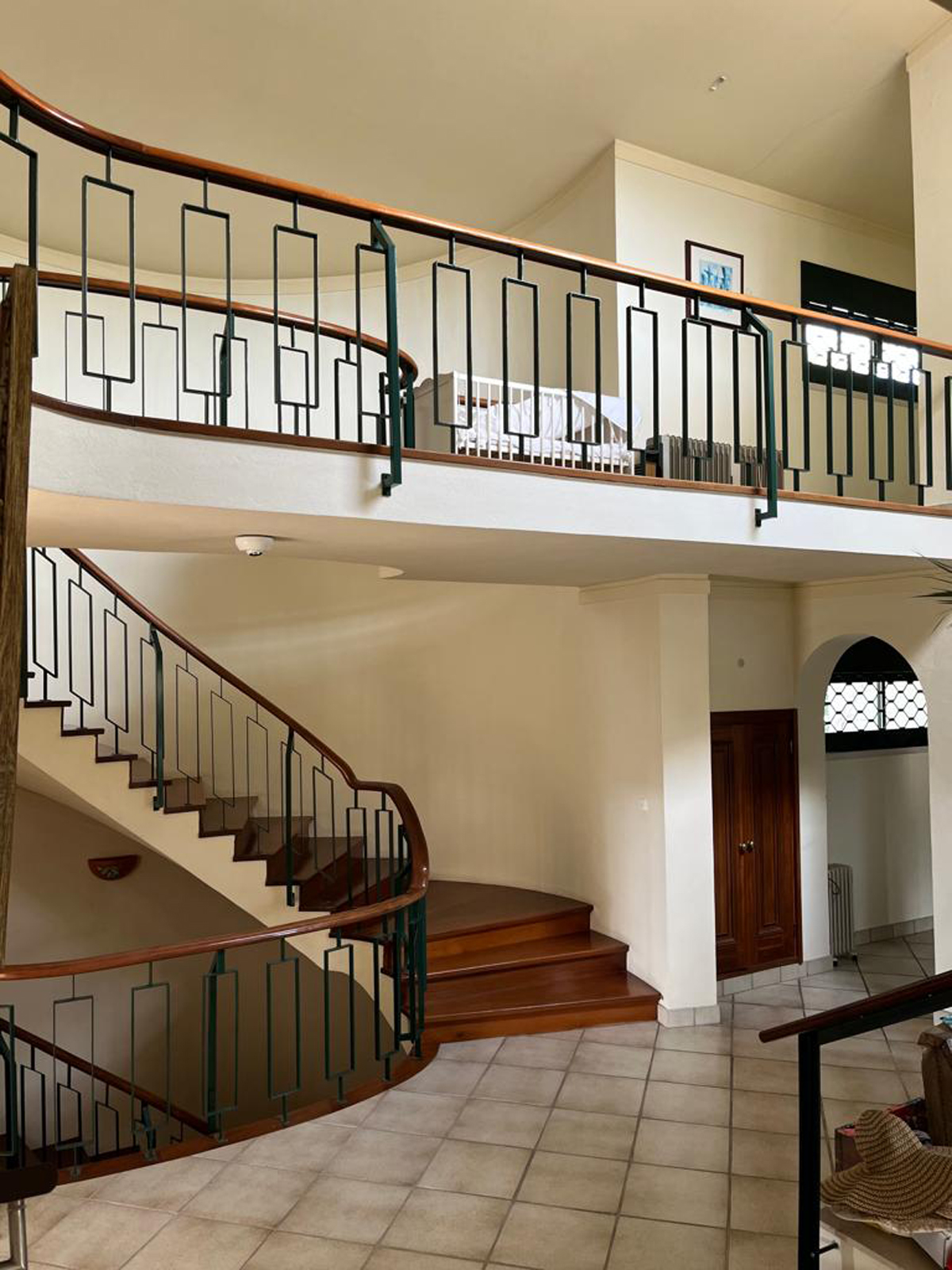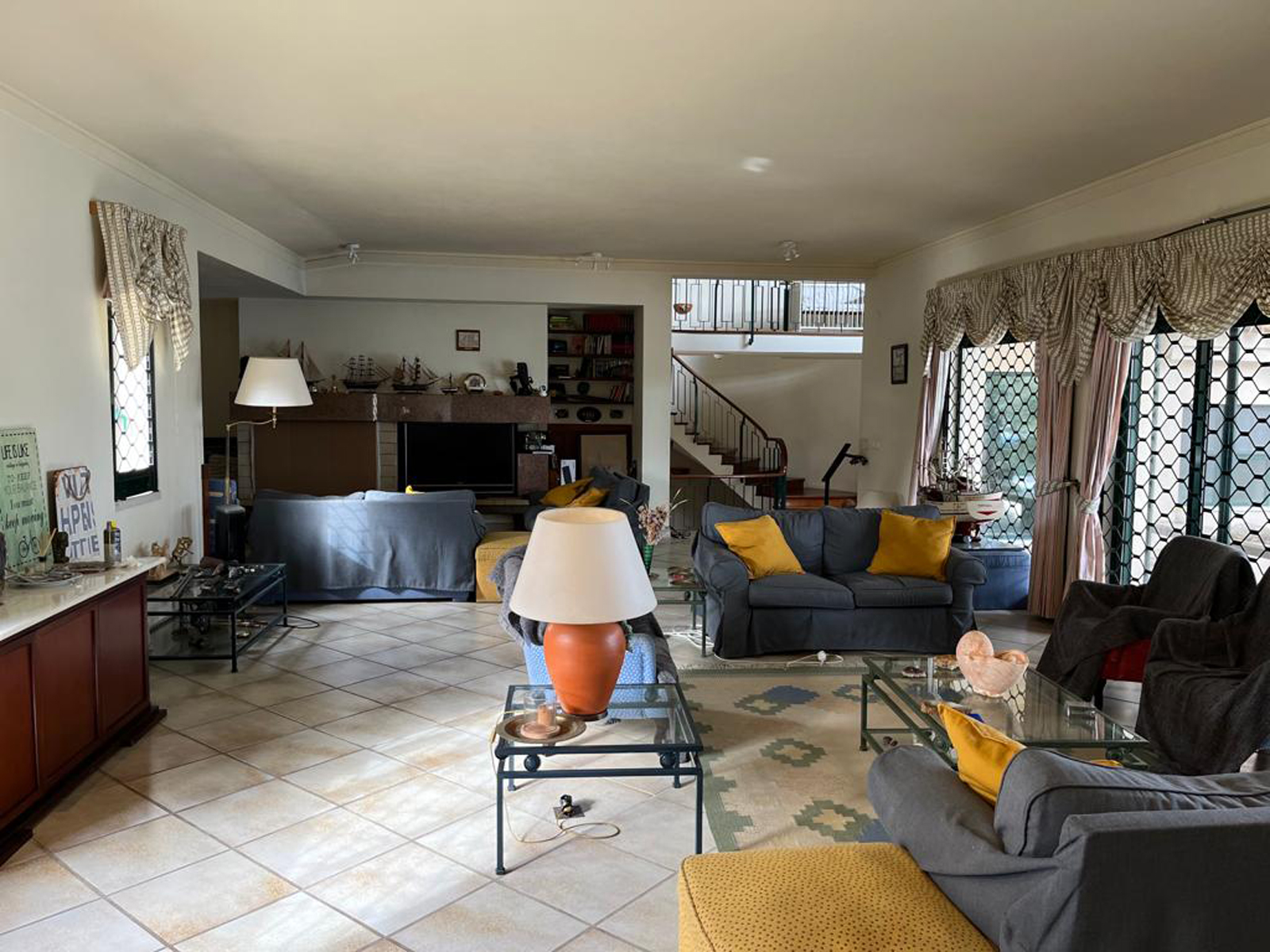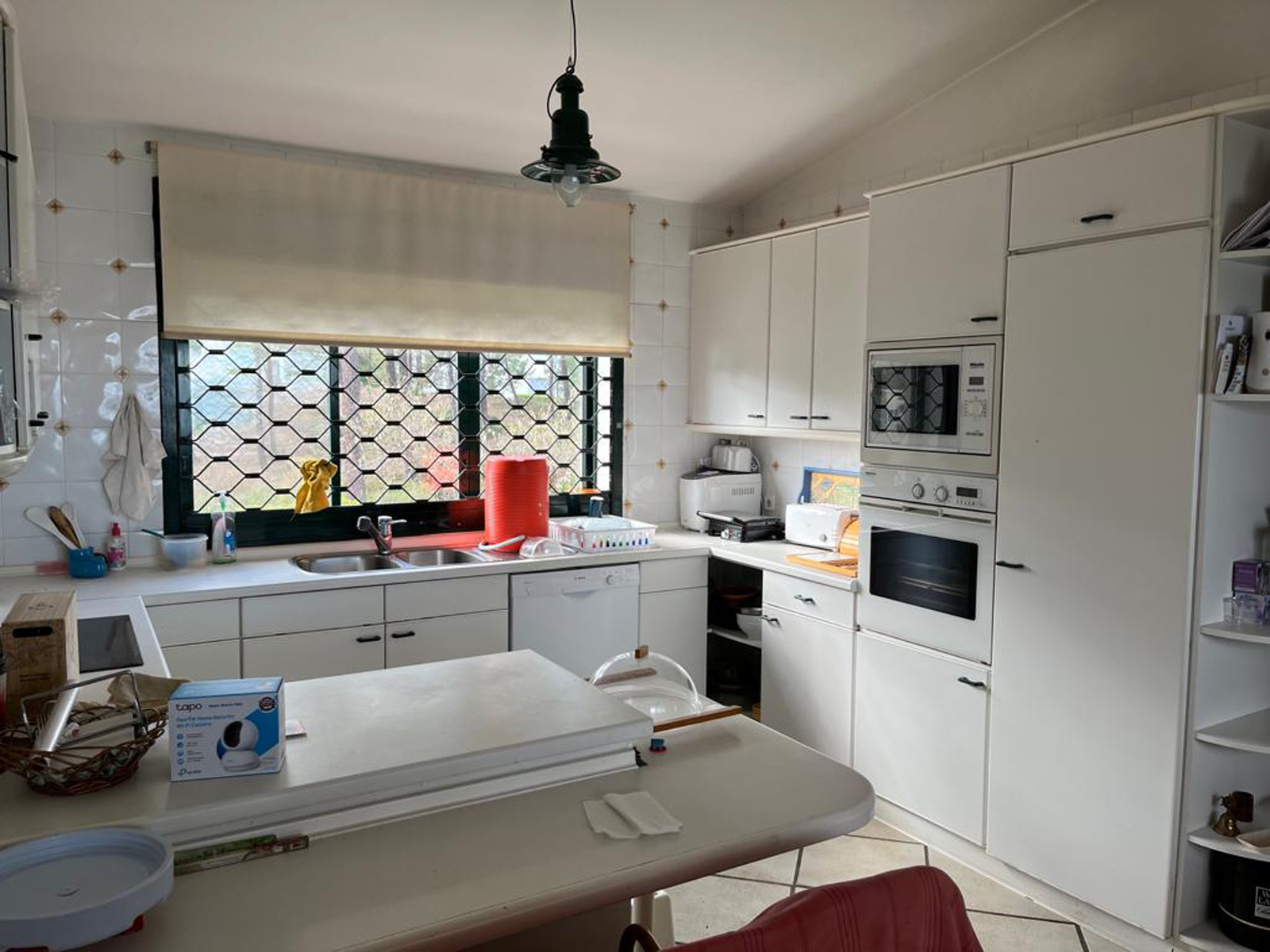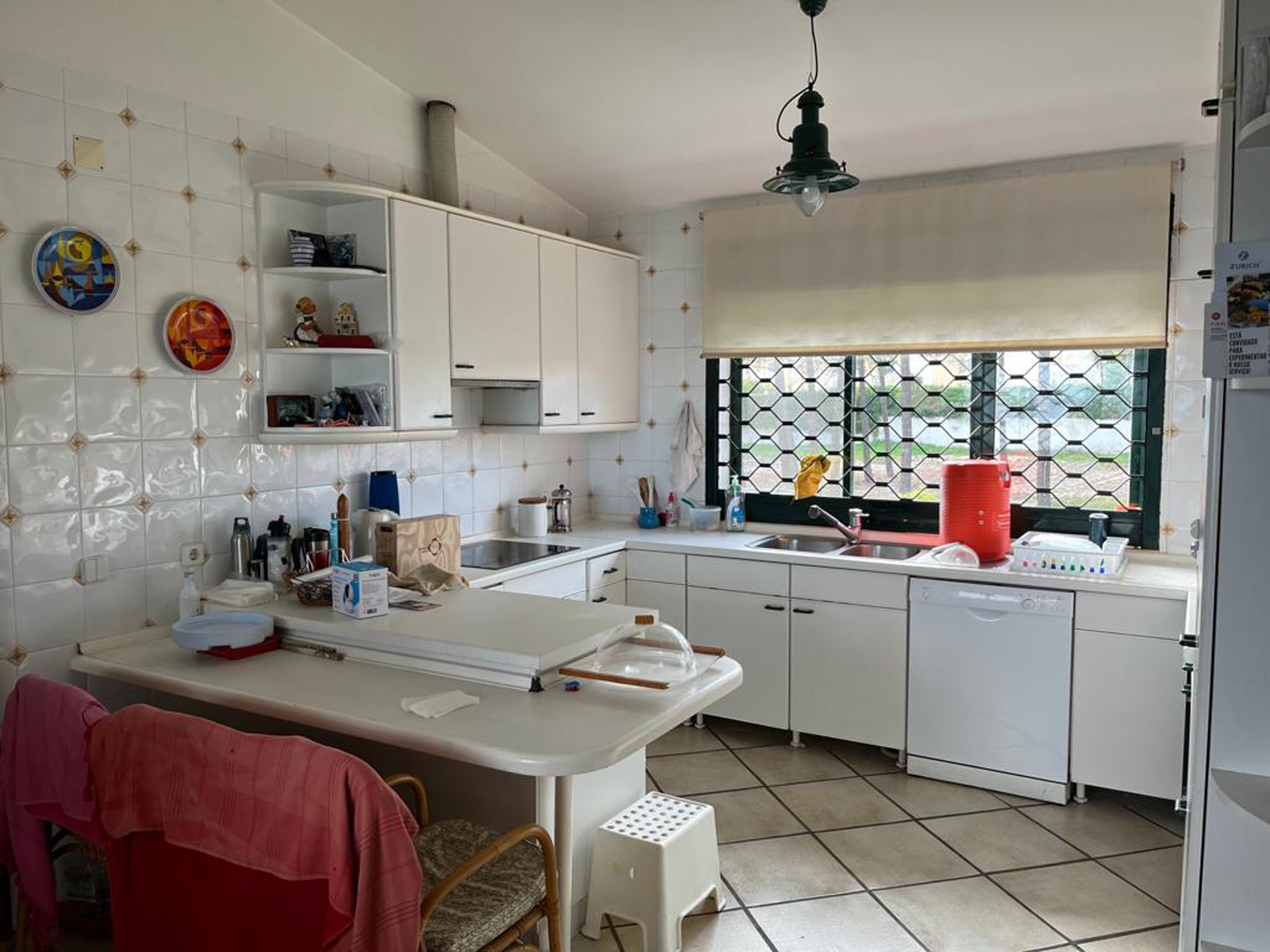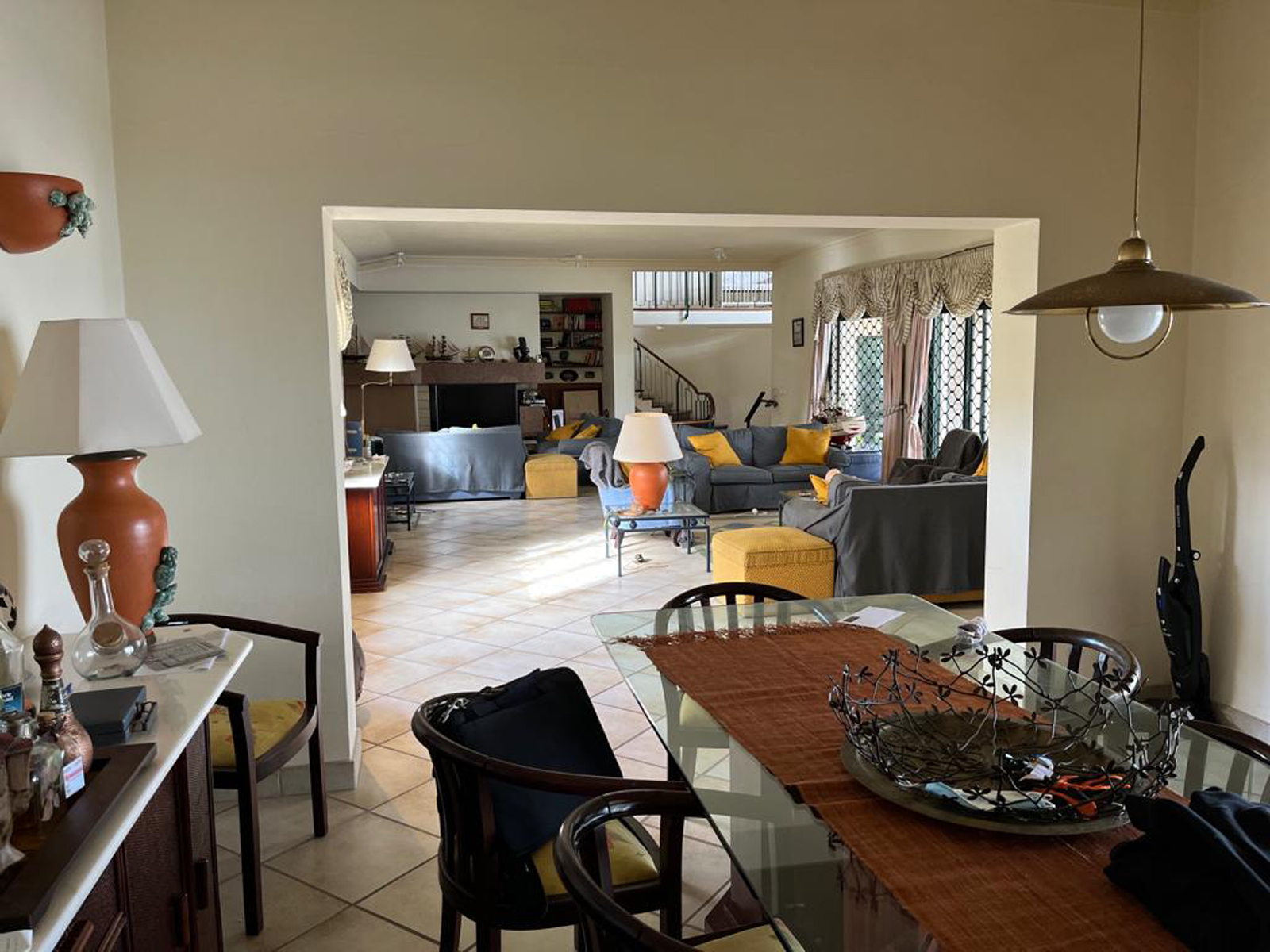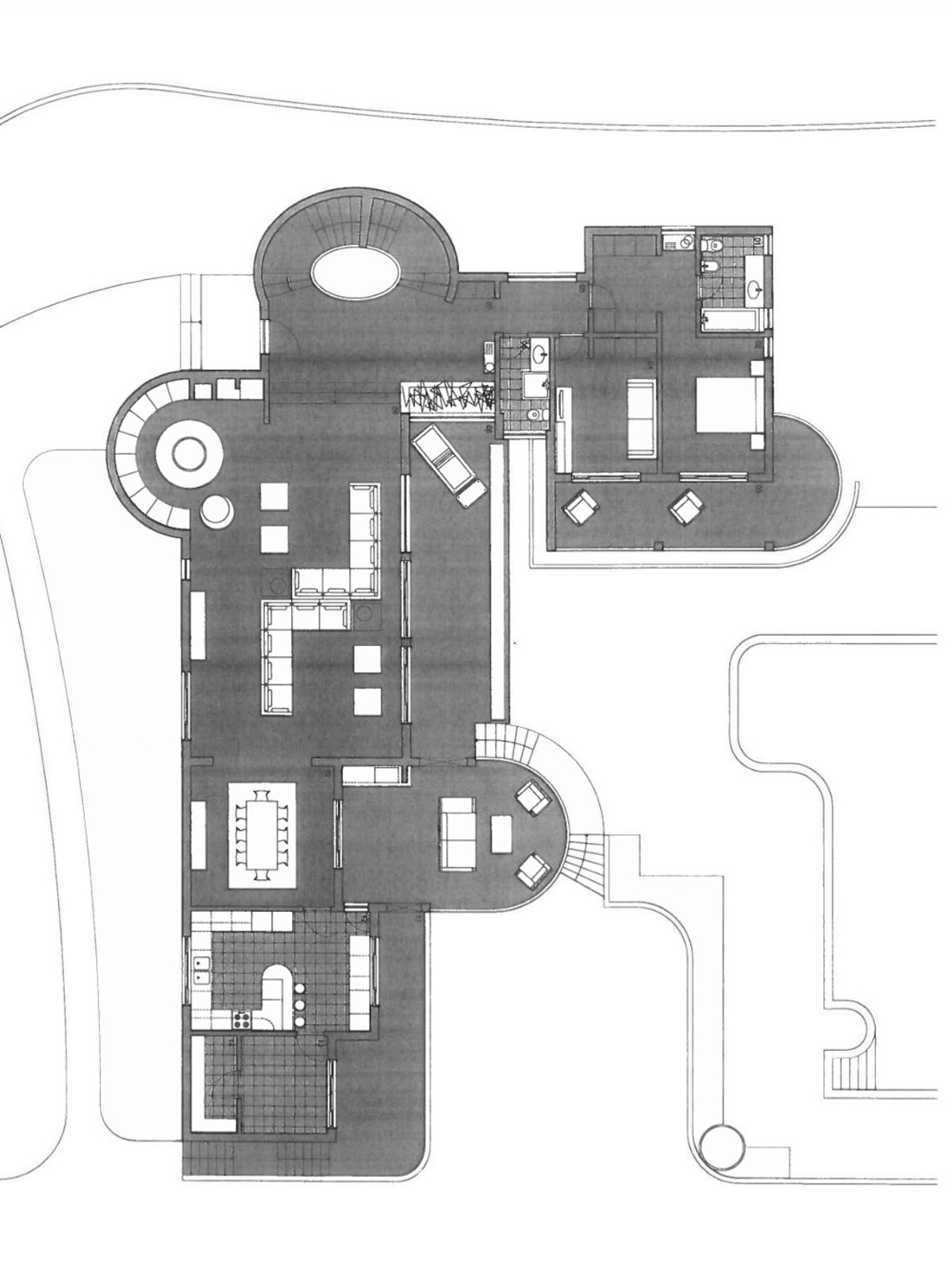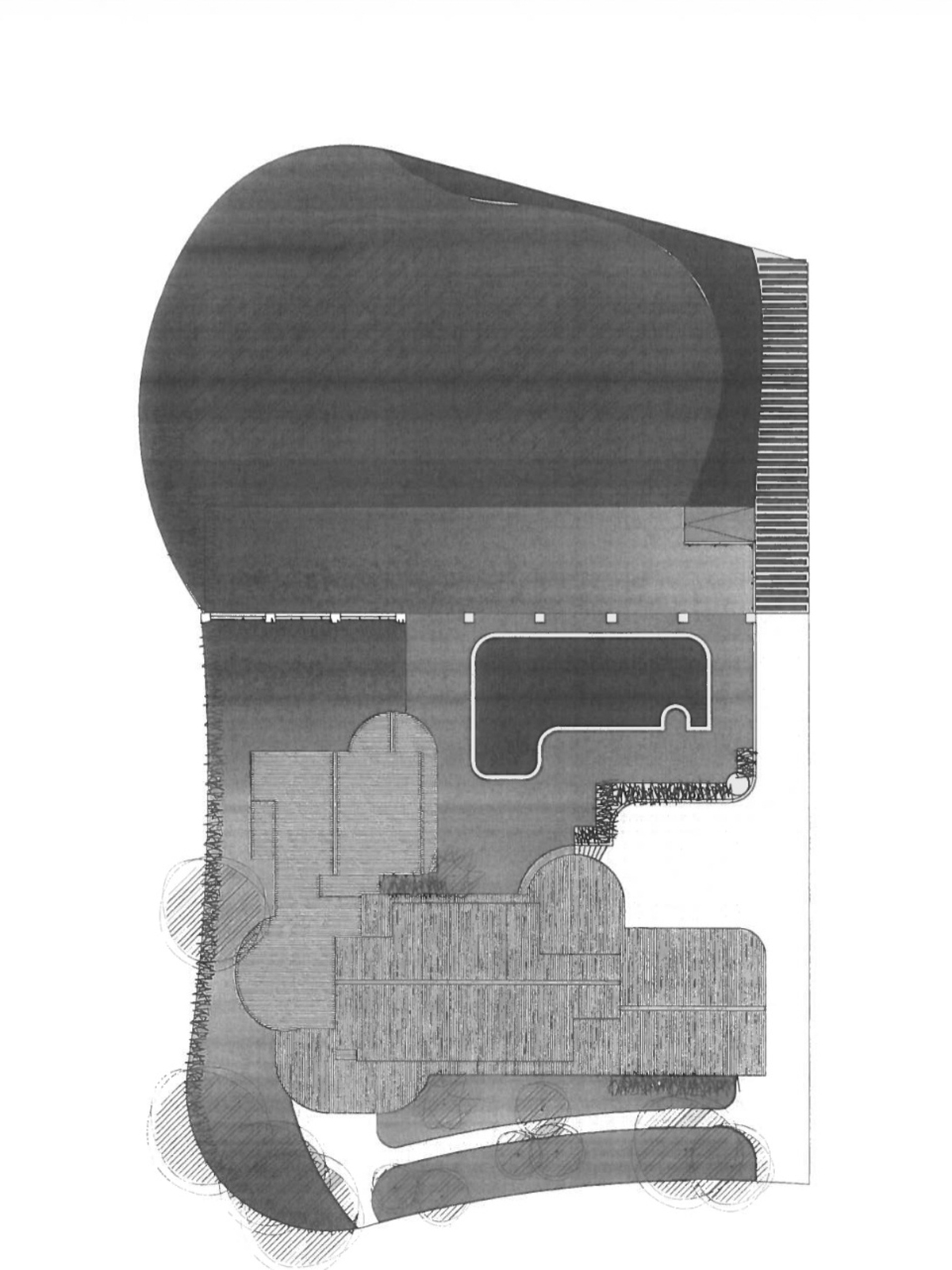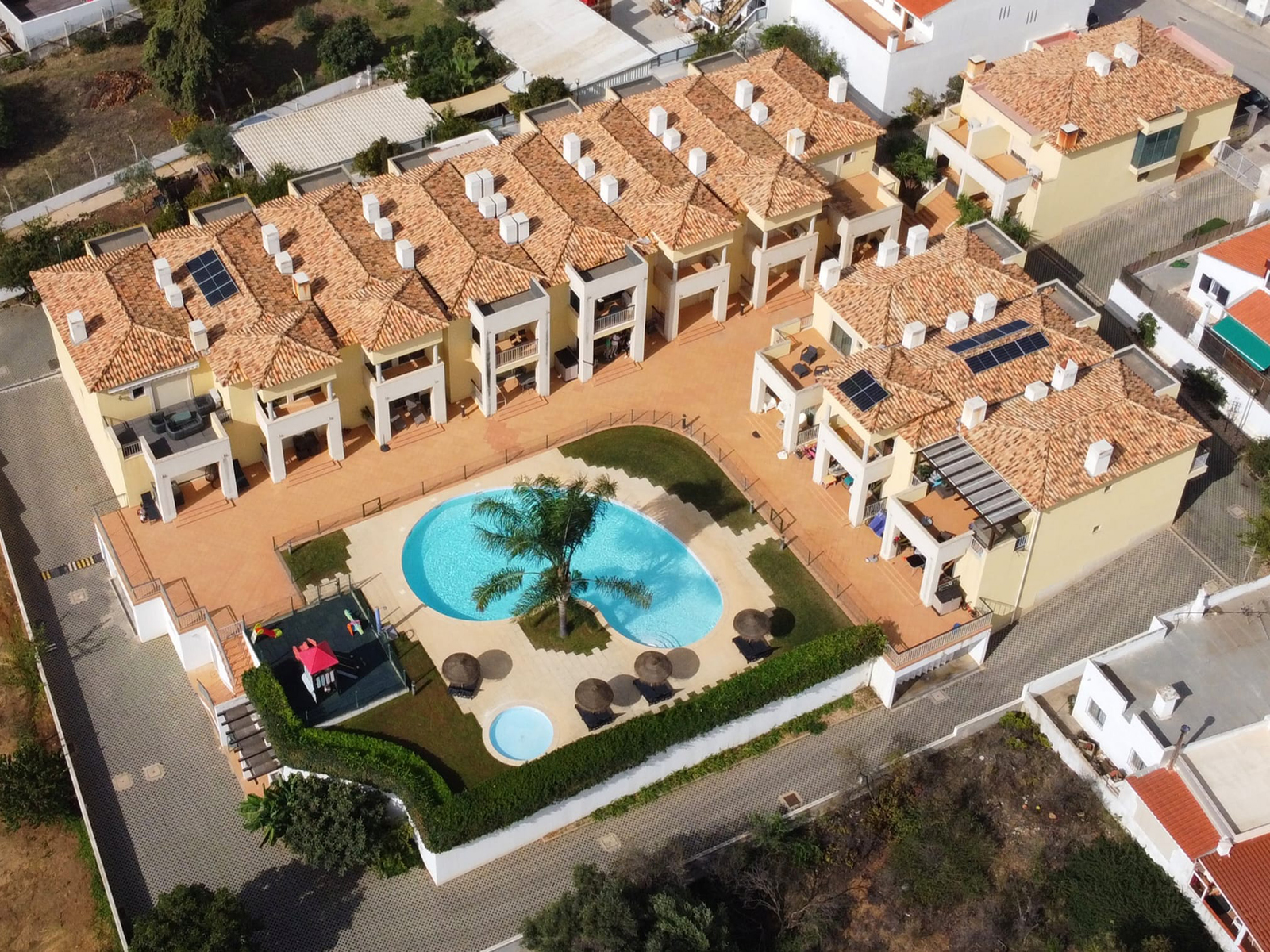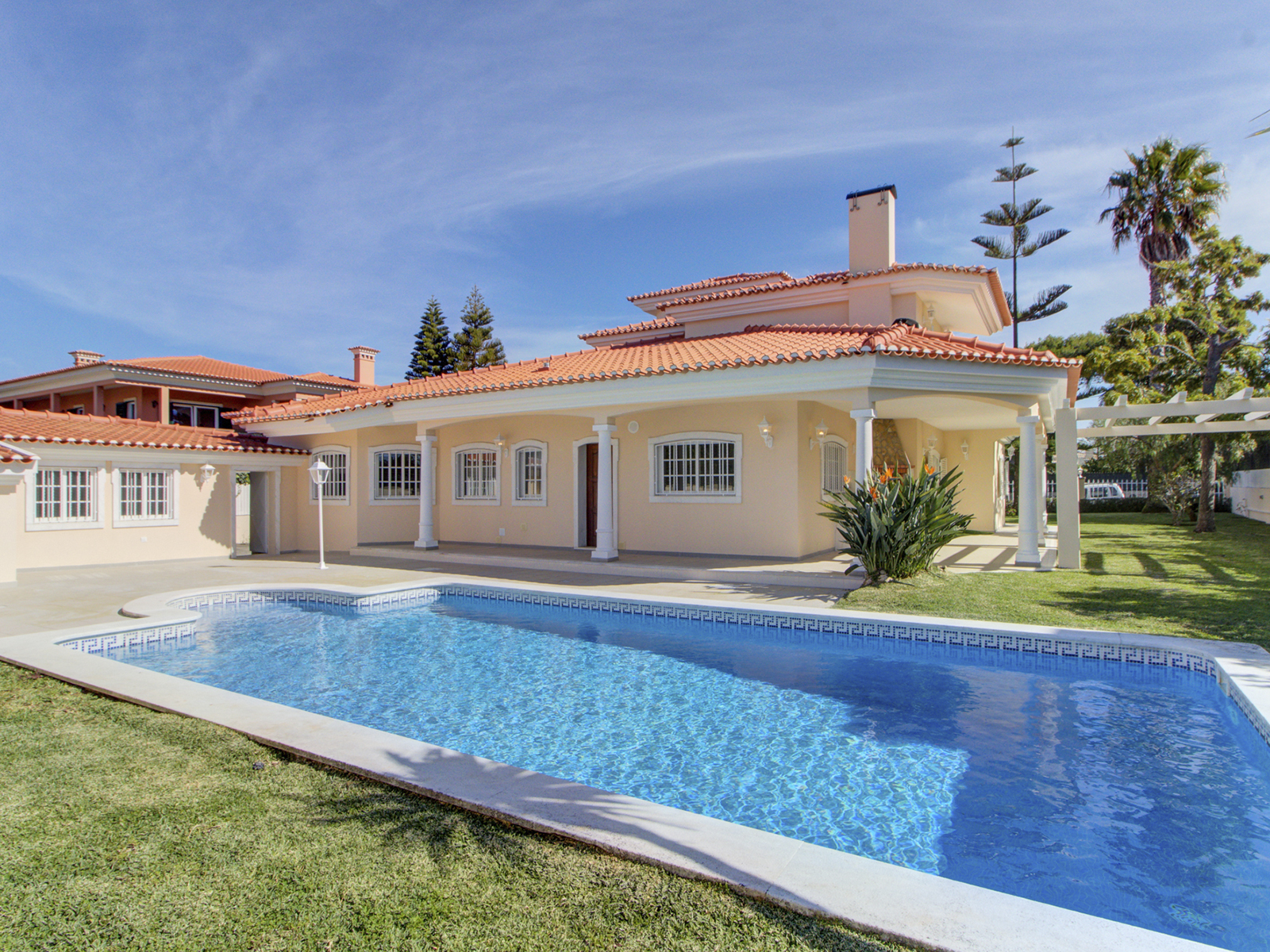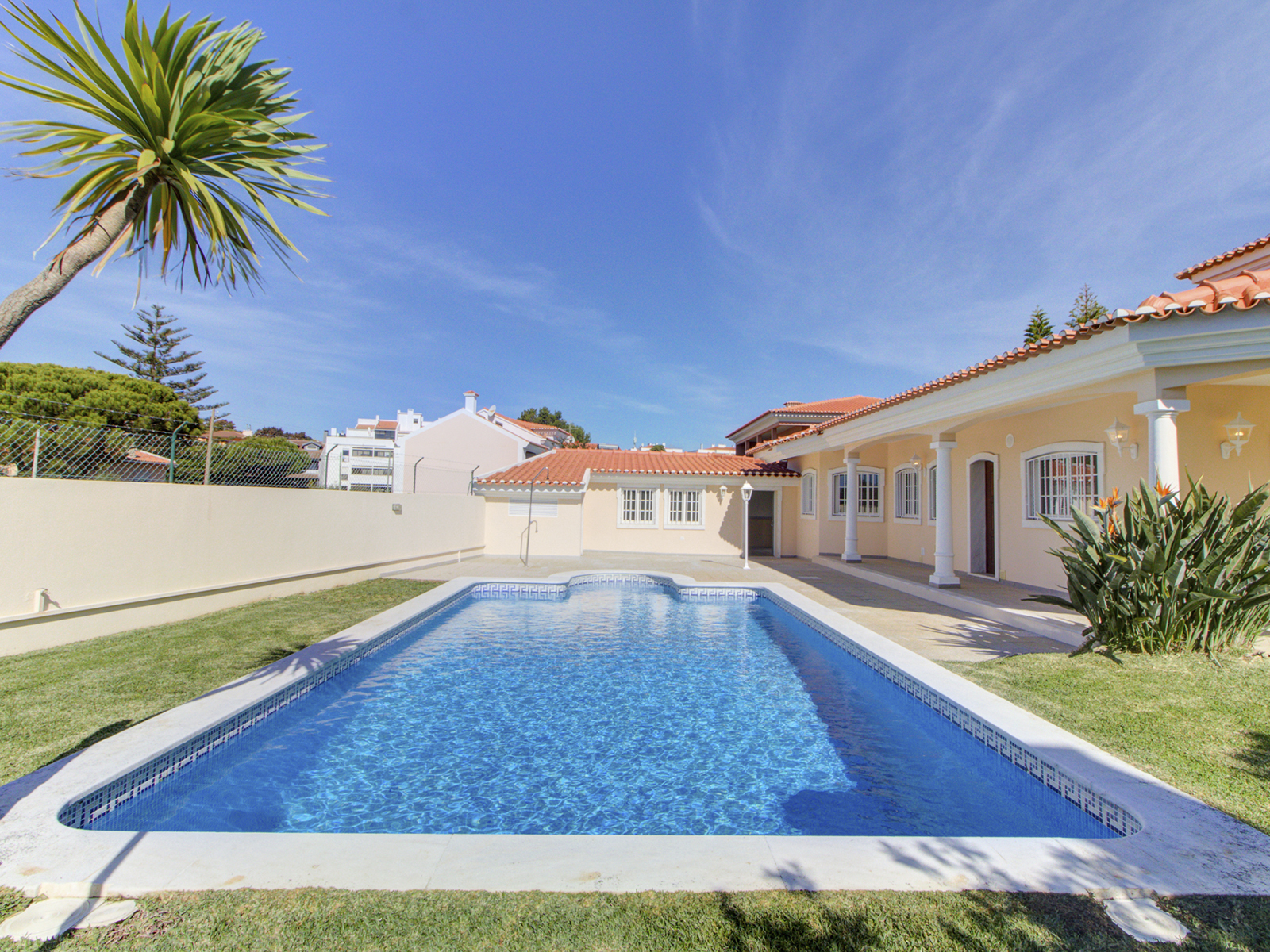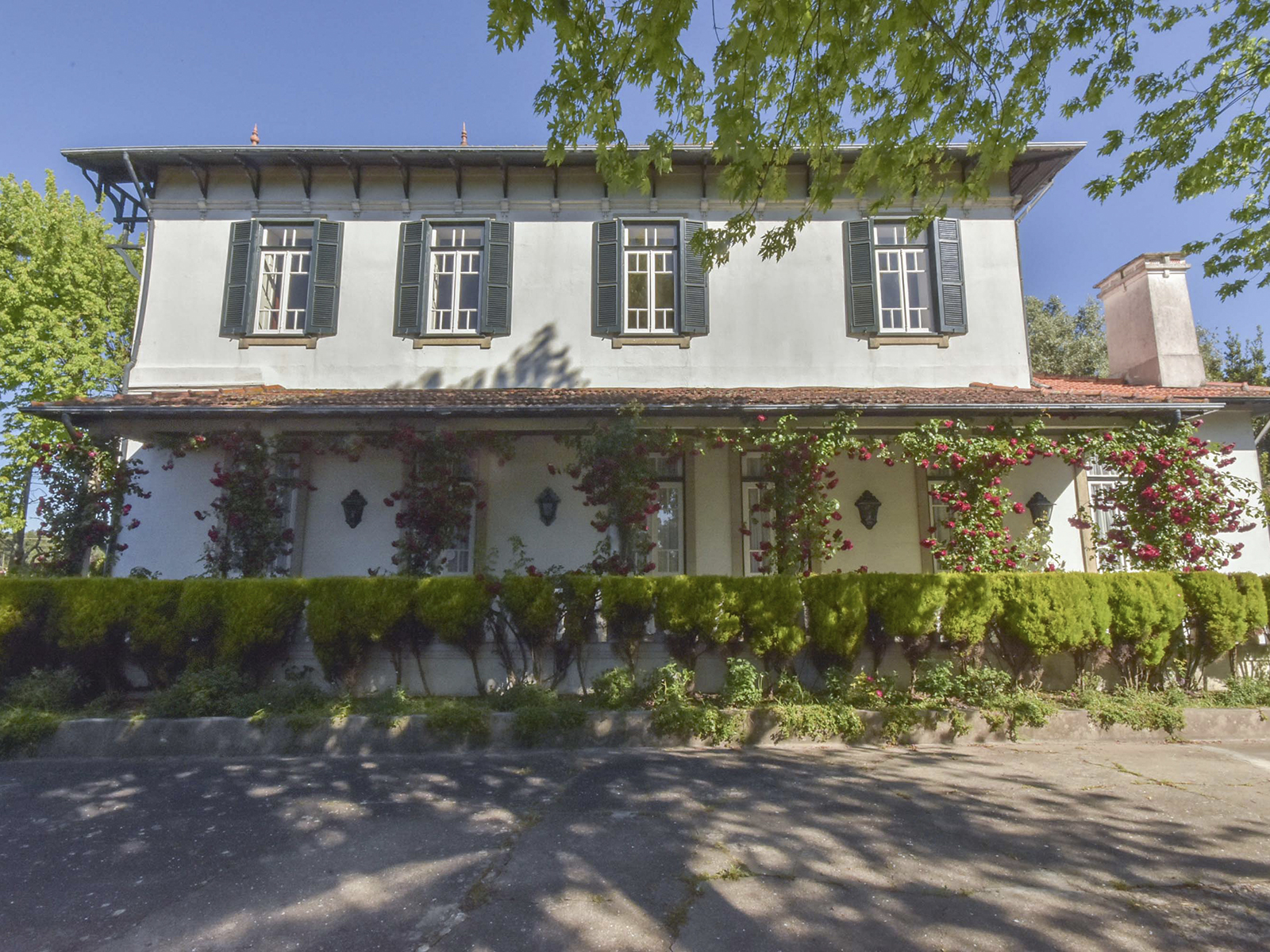SOLTROIALuxury villa 100m Rio with direct access.Near Comporta and Carvalhal this unique villa consisting of 7 bedrooms, 5 bathrooms, living room, kitchen, games room and wine cellar with direct access to the beach.Garage for 3 cars and a very large swimming pool with a beautiful view.Land Area: 1.125m2ABC: 690m2ABP: 450m21994Basement, rc and 1st floor.Comporta Beach is a 10-minute drive away.Bank Financing:Habita is a partner of several financial entities enabling all its customers free simulations of Housing Credit.Carvalhal is a portuguese parish in the municipality of Grândola, with an area of 82 km² and 1,630 inhabitants (2011). Its population density is 19.9 inhabitants/km².Economic lifeThe main economic activities of this parish are agriculture, forestry, locksmithing, carpentry and sawmill, bakery, construction, trade, services and tourism.HistoryThe oldest occupation of the Carvalhal area dates back to the Mesolithic, a time of which there are several stations on the course of the River Sado.The lands of the left bank of the Sado, including the Carvalhal, belonged to the House of the Infantado, which was constituted in 1645. In 1836, following the Liberal Revolutions, the House of the Infantado is extinguished and its assets are sold at public hasta.In the Agricultural Charter drawn up in 1890, Carvalhal appears designated only as a site. The urbanization and fixation of populations in what is now Carvalhal began in the 1960s when the Herdade da Comporta was acquired by the Espírito Santo family.Carvalhal belonged to the municipality of Santiago do Cacém until 1895 when it moved to the parish of Melides. In 1987 the parish of Carvalhal was created. [2]The main historical wealth of the parish of Carvalhal is undoubtedly the Roman ruins of Troia.The beginning of the Roman presence in the Iberian Peninsula dates back to 218 .C.. With the victory, in 206 .C. of the Romans over the Carthaginians, Rome was definitely the owner and lady of the Iberian Peninsula. However it was only in 138 a.C. and 137 a.C.. that the first Roman attacks took place in the present territory Portuguese.The Troia Peninsula is a strip of sand located on the left bank of the Estuary of the Sado River. The origin of the name Trojan is still unknown today.During the Roman occupation Troia was an island of the Sado delta, called Alcalá.The industrial complex of Troia must have begun its work at the time of the Julius-Claudius dynasty, and its abandonment occurred about the 6th century .C.In Troia there are traces of industrial activity, of which are clearly visible the various cores of factories, which were formed by tanks, cetárias, of various dimensions, had coverage and supply of fresh water and boilers throughout the area of operation.From urban life are visible the ruins of the set of houses of Rua da Princesa and the termas. The termes are the only public building, to this day, identified.The religious buildings in Troia stand out the paleo-Christian basilica, with four naves, with irregular shape. In the preserved parts of the walls are visible frescopaintings, which in some areas imitate marbles. The themes of the paintings are the florões and geometric, in a range of inspiration that does not seem before the 6th century, as Carlos Alberto Ferreira de Almeida points out.In a later period the basilica received a kind of quadrangular apse, in order to adapt to the religious service of the time.Troia has a necropolis that accompanies, in evolutionary terms, the long period of occupation of the site. At first the practice used is incineration, common to all Indo-European peoples, which is represented by the grave of Galla, from the 1st century .C.In the second century d.C. began to impose the practice of inhumanization, as a result of the increasing influence of religions from Persia and the Eastern Mediterranean, the Mitraico cult and Christianity.Proper to this type of funeral practices is the mausoleum, built at a time when the industrial complex of Troia was already in regression. The rectangular-plan mausoleum and walls reinforced by buthets, has the pavement completely filled with graves of inummation and niches on the walls, where urns could have been deposited.The religious character of the place has remained to this day, through the chapel of Our Lady of Troia.There have been references to the Roman ruins of Troia since the sixteenth century, 1516, when Gaspar Barreiros refers to the salt shakers in which the fish was cured. João Baptista Lavanha also refers to the site in 1622, referring to the salting tanks, but also ruins of buildings.It was in the 18th century that, at the initiative of the future D. Maria I, the first archaeological excavations took place, making known the houses of the so-called Rua da Princesa.There followed a period of interregnum, until 1850, when the Lusitanian Archaeological Society promoted new excavations.
פרטי הנכס:
- שטחים ירוקים
נכסים קשורים
House in Arada – 470 m²
Ovar, S.João, Arada e S.Vicente de Pereira Jusã, Ovar, Aveiro

